Rabobank’s 2021 Food & Farming Report has uncovered some staggering statistics when it comes to the volume of household waste produced yearly by Australians.
In this latest report, it was revealed that our national food waste bill now tops $10.3 billion, or enough to feed 1.1 million households (or every household in Brisbane) for an entire year.
The average Aussie household wastes 11% of the food they buy, which is $1,038 per year in the bin – or just under six average weekly trips to the supermarket each year.
The report also found that the average grocery bill is up $20 per week, meaning we now spend a total of $178 every week on food.
To help, the team at Australian Farmers has compiled our best tips to reduce household food waste:
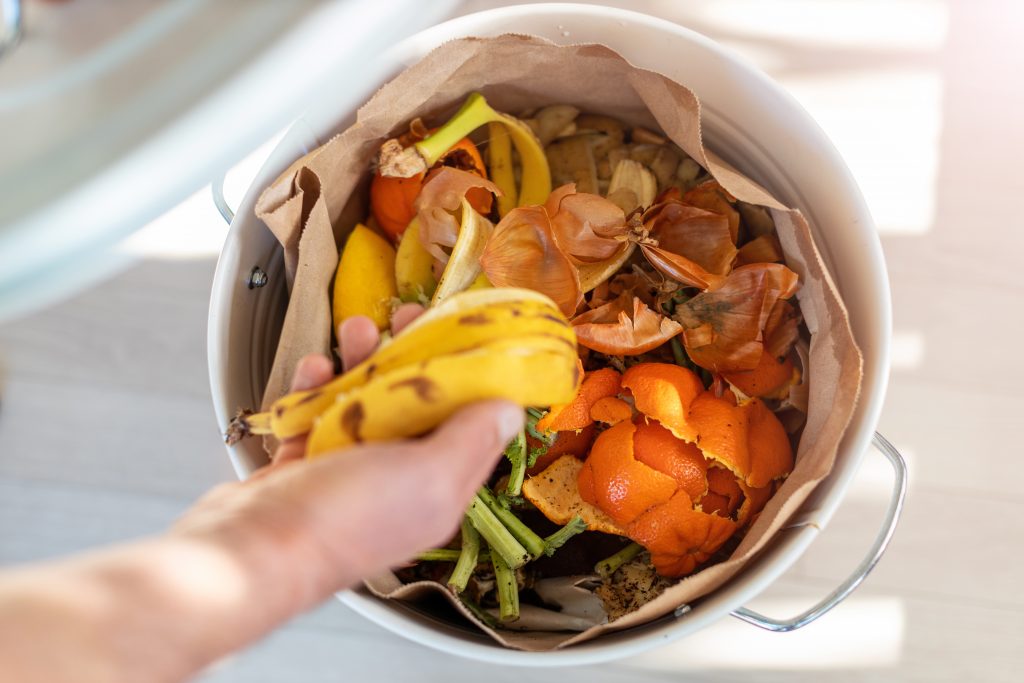
1. Make a plan…. and stick to it!
A great way to ensure as little food is wasted as possible, is to create a food plan. That could be daily, weekly or even monthly. Make sure to include upcoming events such as birthday dinners, take-away nights and weekends away. By doing so, you’ll be able to tailor the weekly shop to match what meals you will actually need to make. There’s no point doing a whole week’s worth of grocery shopping, when you have plans to eat out two nights that week!
Another great planning tip, is to go grocery shopping with a list. That way you’ll be less likely to add anything to the trolley that isn’t needed, saving a whole load of food from the bin!
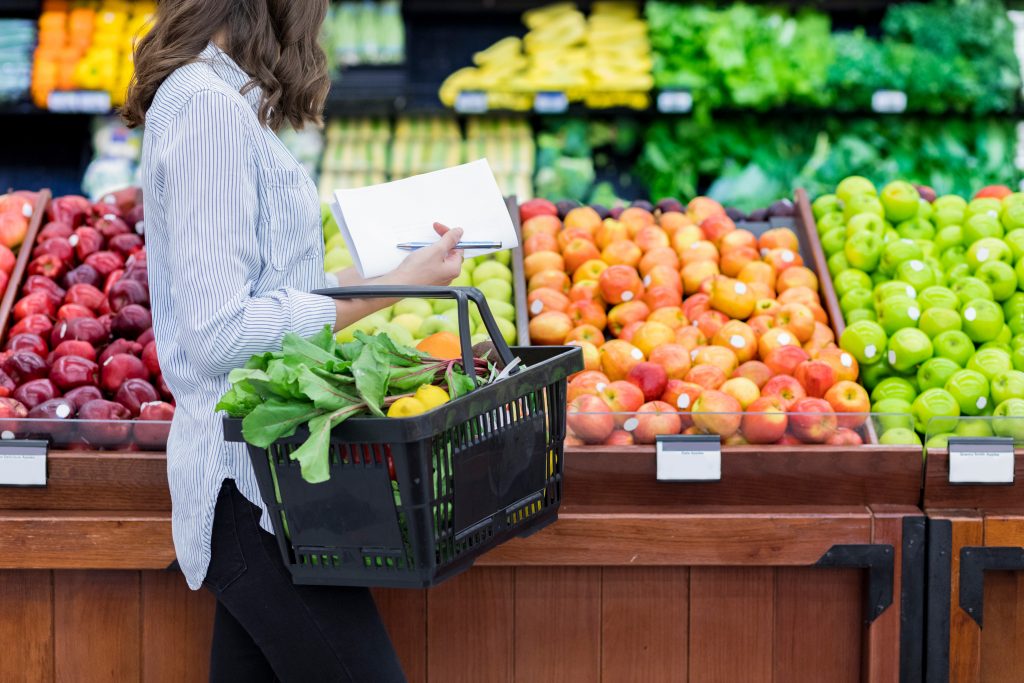
2. Learn labels
Being label literate is crucial to getting the most out of your food. Knowing the difference between ‘Use by’ and ‘Best Before’ will make sure food is used in time.
‘Use by’ = this is the date something must be eaten by.
‘Best by’ = this date will let you know when foods will start to lose quality.
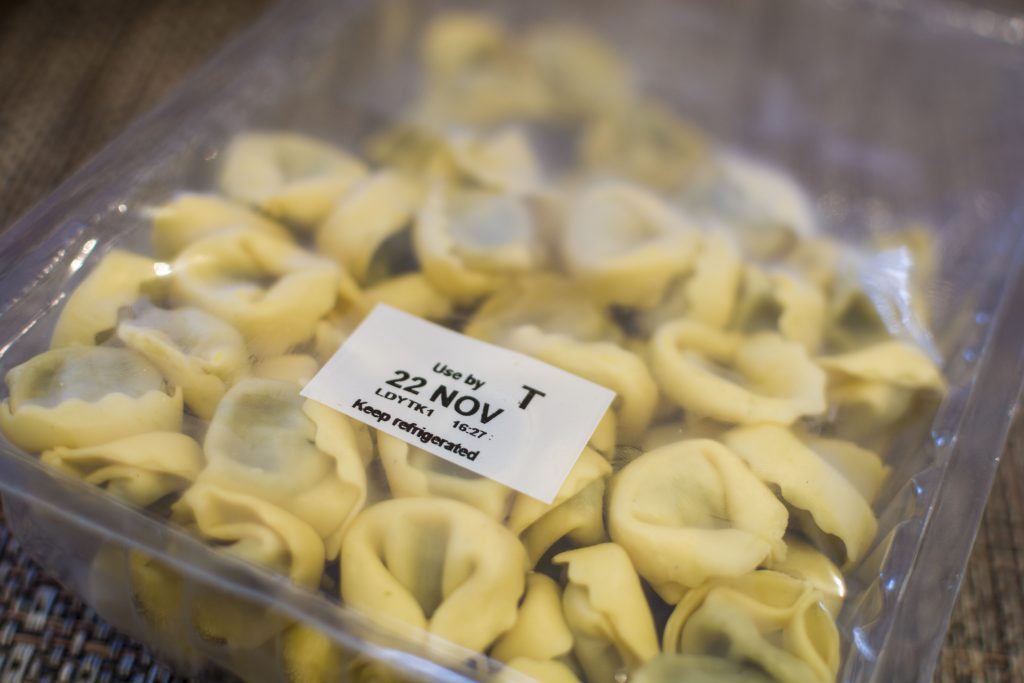
3. Get the most out of your freezer
Freezing food and meals is the best way to reduce household food waste. Bread, vegetables, fruit, soups and stock are all items that can be frozen and taken out when needed. Fruit can be frozen in portions for ‘ready to go smoothies’, while leftover vegetables can easily be turned into the perfect stock cubes for upcoming meals!
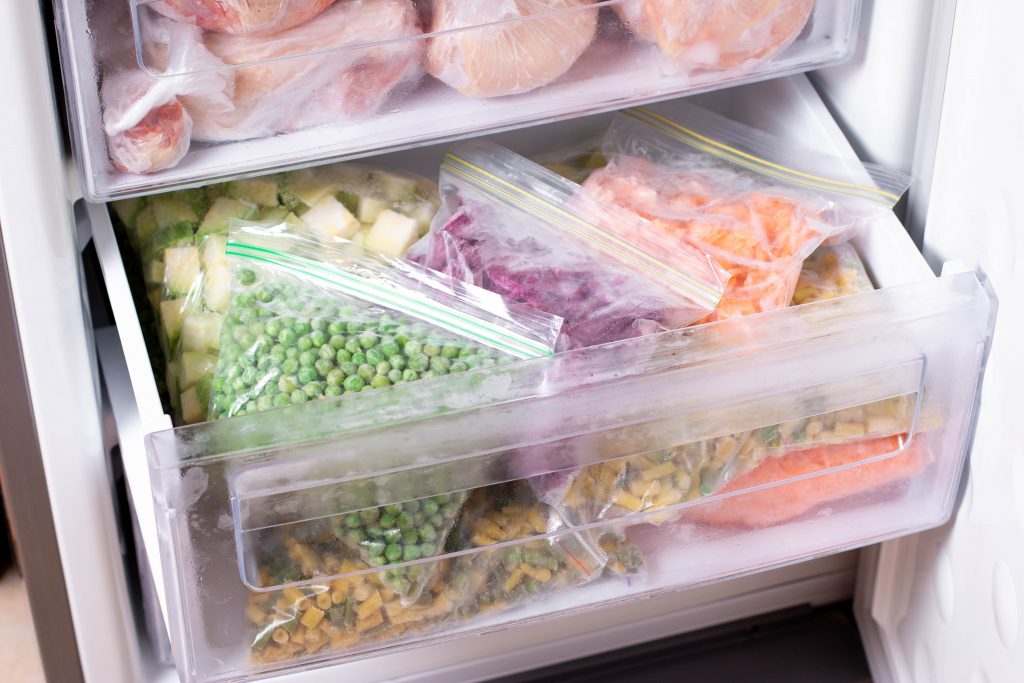
4. Get creative with leftovers
According to the Food & Farming report, veggies, fruit, bread and pastries are the foods most likely to find themselves in the bin, contributing to the nation’s growing volume of food waste. However, an easy way to ensure such foods get a second chance is, by canvassing at the end of the week, which foods are on the brink of becoming food waste. Instead of lining the bin, these foods can easily become smoothies, soups, stocks and stir-frys – all which are able to go into the freezer!
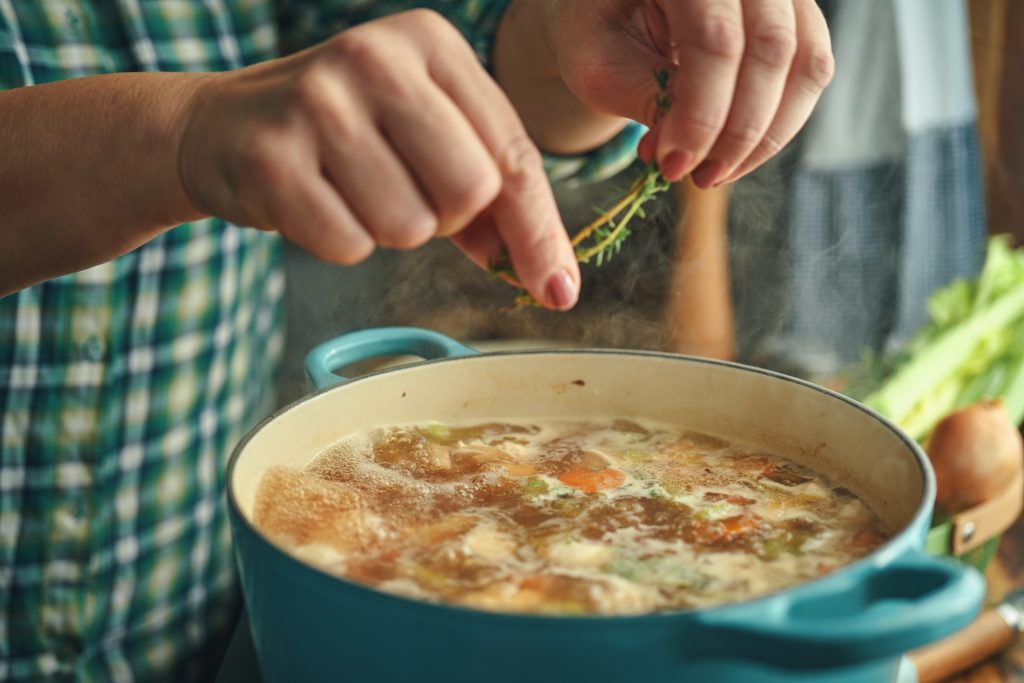






































Nice tips.